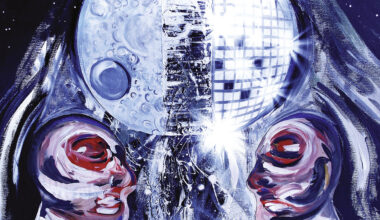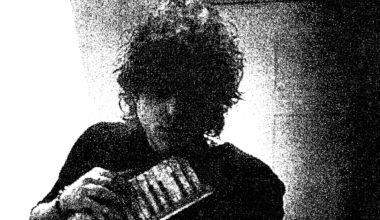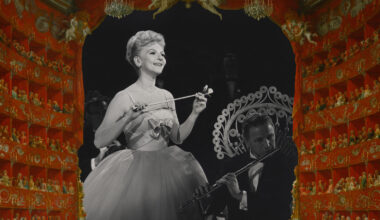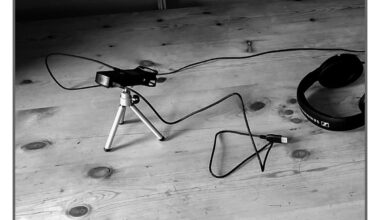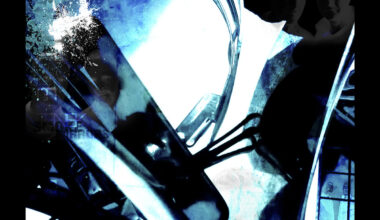Klassic Kraftwerk album gets a pop arty reworking in its entirety
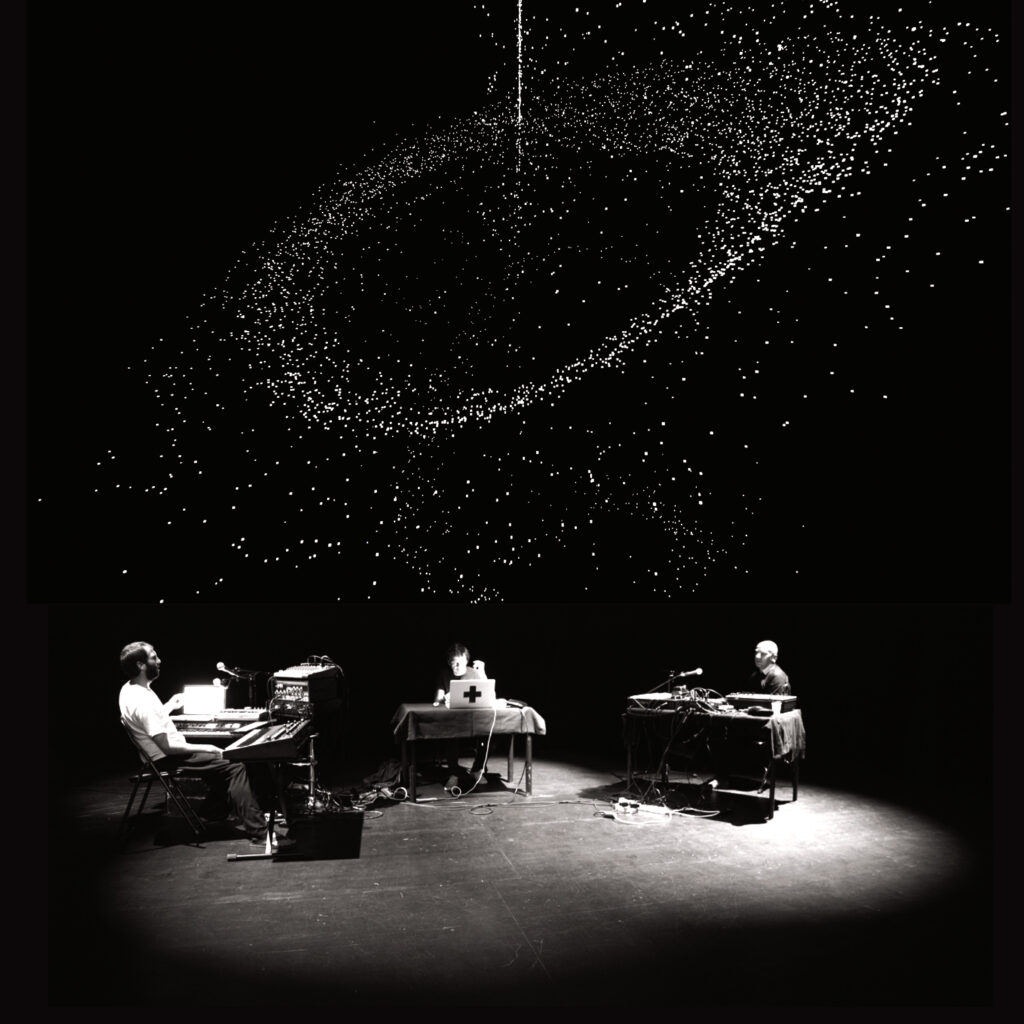
There are certainly plenty of prior examples of cover versions of entire albums. Among the most audacious, Laibach’s 1988 frankly terrifying take on The Beatles’ ‘Let It Be’ springs to mind. For their offering the Slovenian art collective recast the final document of the Fab Four as a collection of stirring military anthems for their fictional state.
Radioland’s reworking of Kraftwerk’s 1975 album isn’t quite in that order of sacred cow slaughtering, and is harder to pin down. More in line with this high art interpretation of Kraftwerk’s difficult post-‘Autobahn’ album is Bang On A Can’s 1998 dissection of Eno’s ‘Music For Airports’, or the 2013 Joy Division Reworked tour that saw Scanner and Heritage Orchestra giving ‘Transmission’ a going over. This is the arena where the contemporary avant garde dabbles in pop art, where the more cerebral end of pop music becomes inspiration for the commercially aware and arts funding is rewarded with new audiences and mainstream coverage.
Radioland is a duo of well-established composers and a visual artist who came together for this project. Mathew Bourne is a composer whose previous work – like his ‘Songs For A Lost Piano’ that used abandoned pianos to create new pieces based on the instruments’ stories – reveals a taste for larks. Franck Vigroux, the other half of the musical equation here, is an electro-acoustic composer, one foot in the Stockhausen camp with his Revox experiments and live performances of noise and manipulations, the other planted in contemporary beat mongering that is almost danceable, in an industrial kind of way, like DAF and Throbbing Gristle getting into a ruck on some bad crank. The third contributor is Antoine Schmitt, an artist who provided the impressive visuals when the album was performed live in 2015.
What have they done with the album? Unlike Laibach vs The Beatles, it’s a relatively subtle reworking. It’s organic and warm, alive with the hisses and pops and crackles of its subject matter and it remains largely faithful to the original. However, Kraftwerk’s standout pop moments, like ‘Airwaves’, tend to be mined for their texture, rather than their explosive pop grooves. Perhaps they sensibly decided to leave katchy Kraftwerk at the studio door and focus on the album’s sound design and mood – dark and ironic.
The obvious questions are why do it in the first place and why pick this album? Well, the choice of ‘Radio-Activity’ makes sense. Kraftwerk are the bridge between the mid-century electronic avant garde and the electronic pop that underpins so much of today’s more interesting music. This album represented a conceptual leap forward for Kraftwerk, their first album to be tightly bound together by an idea, from the artwork to the songs themselves, and the sounds they used. As raw material for this kind of project, it’s probably the most appropriate from the Kraftwerk catalogue.
Why do it in the first place? It was originally a live project, presented as part of a festival of events in London in 2015. As a document of an interesting live experience, complete with Schmitt’s visuals, it makes sense, but taken in isolation it’s more problematic. It made for an interesting night out, but the original is all we need, and Ralph Hütter himself is busy enough reimagining ‘Radio-Activity’ on his endless world tour. That’ll do for me thanks.
